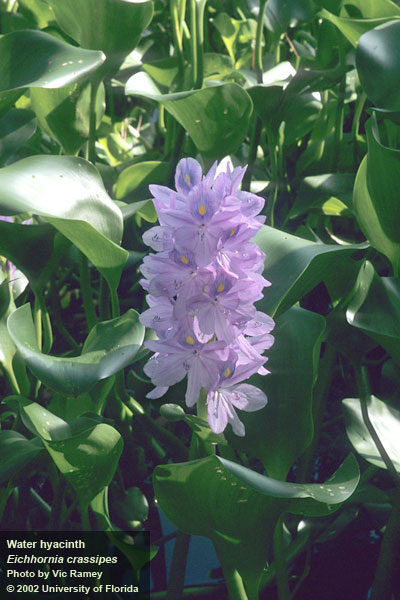by Doug Mayo | Aug 16, 2012
2012 Cogongrass Treatment Cost-Share Program Sign-up Period: July 31, through August 28, 2012 A Cogongrass Treatment Cost-Share Program is currently being offered to eligible non-industrial private landowners by the Florida Forest Service (FFS) through temporary...
by Judy Biss | Aug 16, 2012
Coral ardisia (Ardisia crenata) is an invasive non-native plant, introduced into Florida in the early 1900’s for ornamental purposes. It is now found growing in hardwood hammocks and other moist woodlands of both wild and grazing lands. In addition to overtaking...

by Libbie Johnson | Aug 6, 2012
Libbie Johnson UF IFAS Escambia County Extension Northwest Florida can be a pond owner’s paradise. There is usually enough rainfall to keep ponds filled, catfish, bass, and brim are well adapted to the environmental conditions, and there is a long season to catch...
by Les Harrison | Jun 15, 2012
Delicate flowers disguise the potential problems of Horsenettle. The dainty yellow and white flowers belie the disaster potential of the plants. Horsenettles (Solanum carolinense) are blooming and producing fruit in Wakulla County. Horsenettle can be a serious weed...
by Les Harrison | Jun 8, 2012
Rains this week have provided enough moisture for Washington County farmers to resume planting. A byproduct of the recent dry weather is weed control has been difficult for crops in some fields. Herbicides are not as effective, if at all, when the targeted plant is...
by Doug Mayo | May 1, 2012
Controlling Invasive Exotic Plants in North Florida Forests (SSFOR19/FR133) Invasive non-native organisms are one of the greatest threats to the natural ecosystems of the United States. Invasive plants reduce biodiversity, encroach on endangered and threatened...

